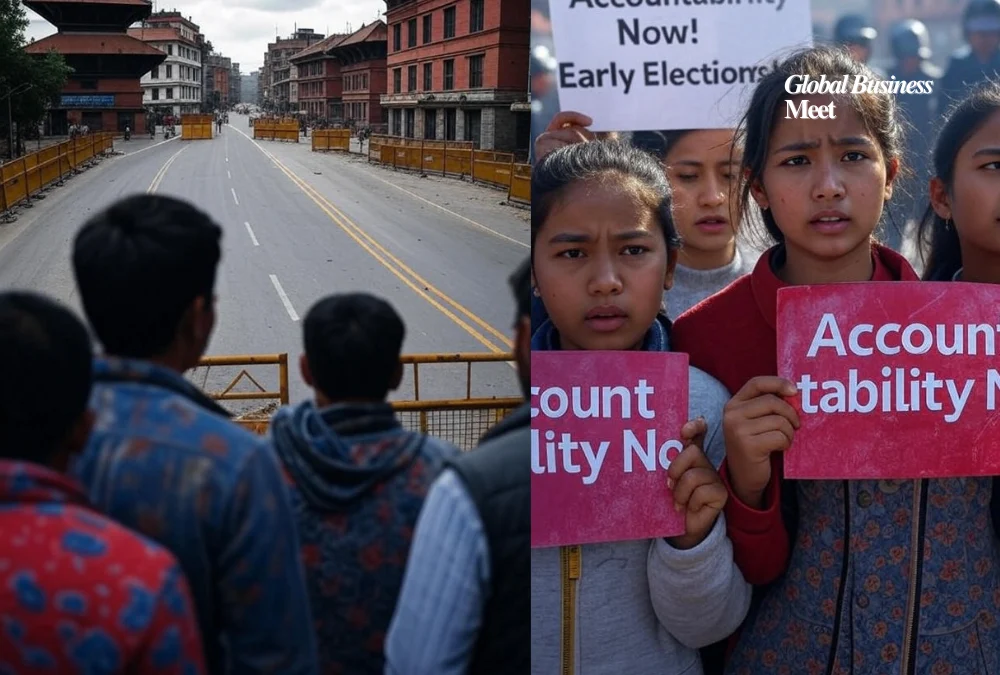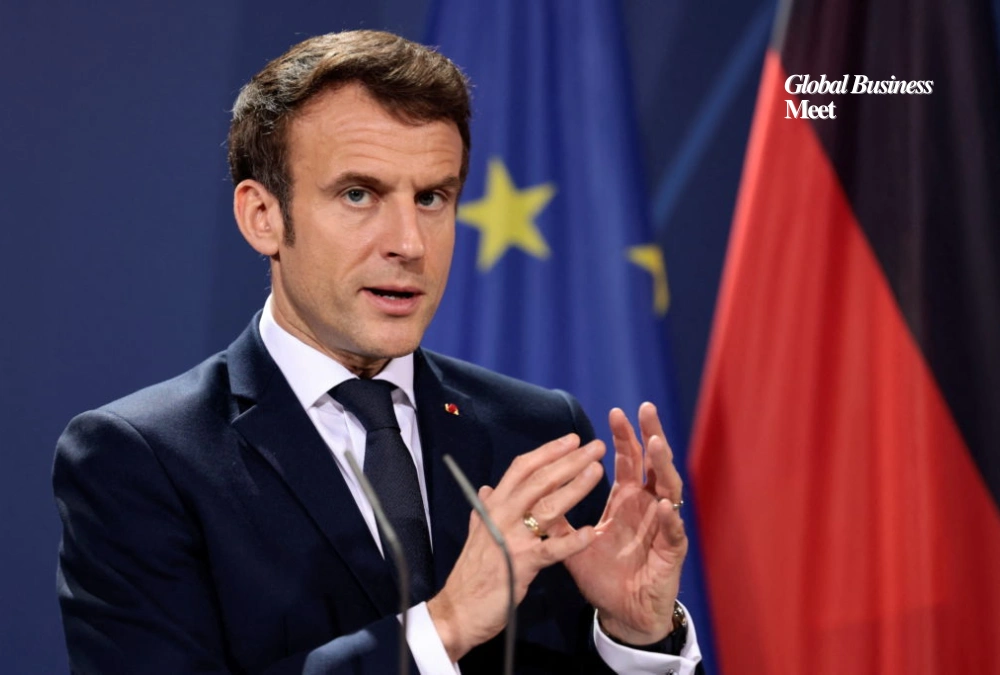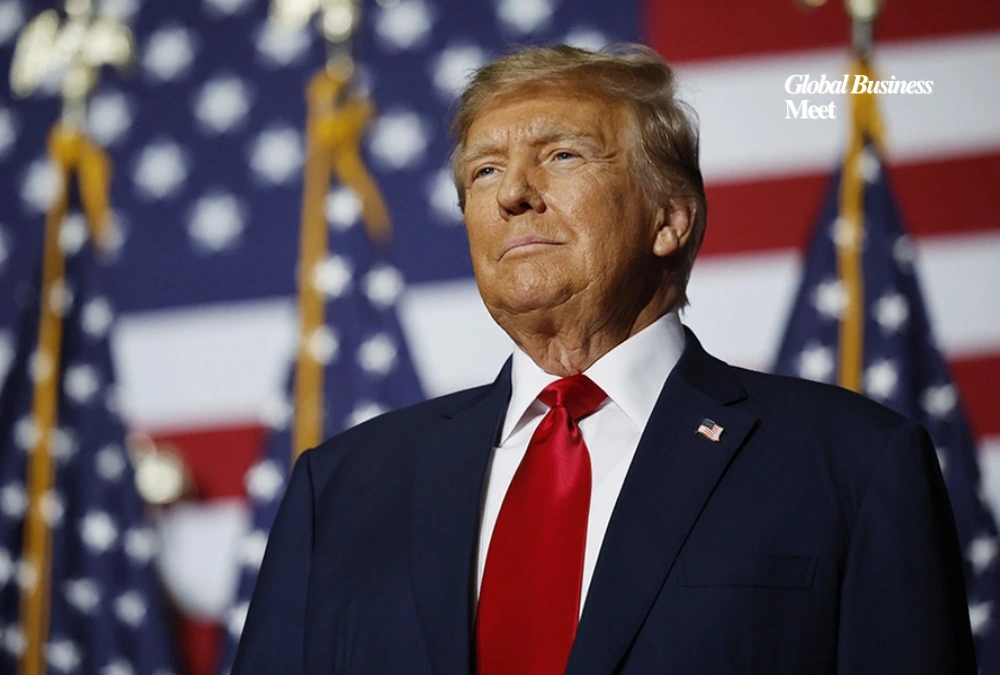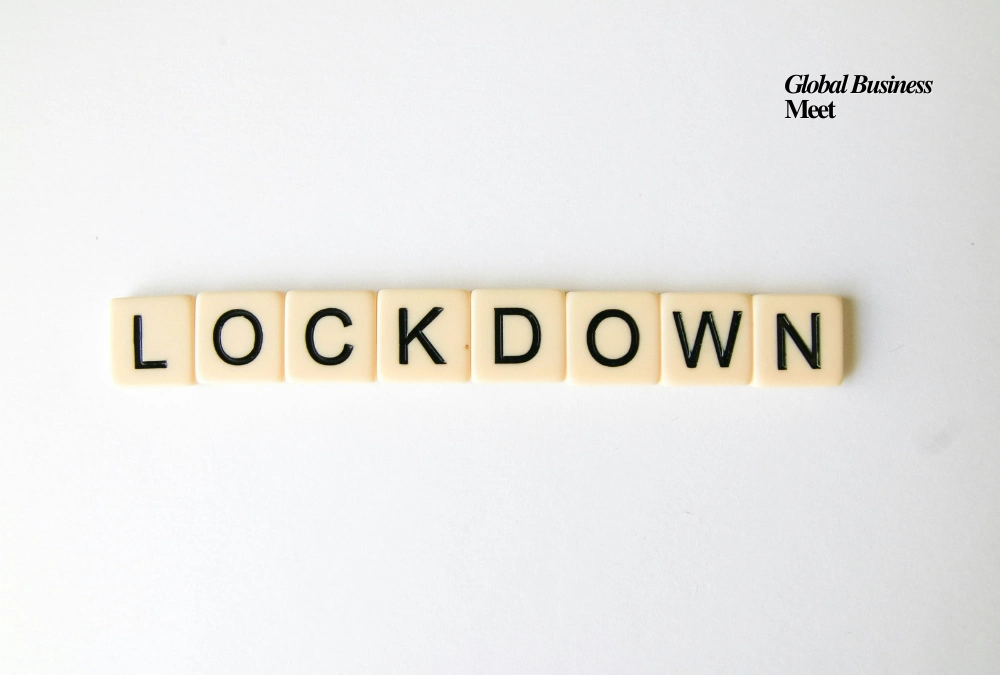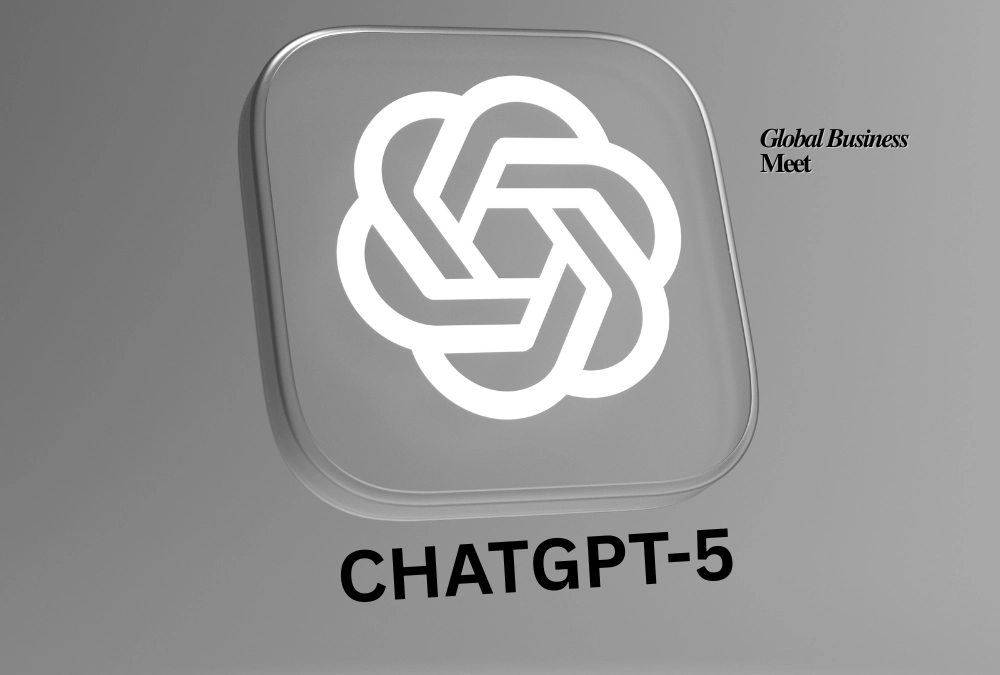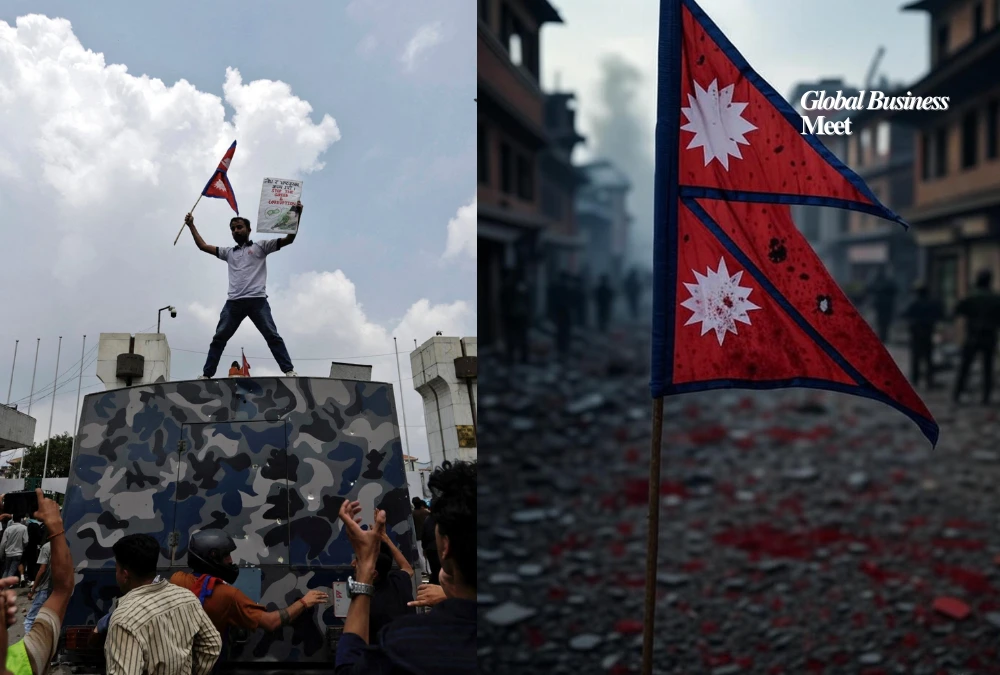
Nepal’s Gen Z Takes to the Streets
Kathmandu – September 8, 2025: Thousands of Nepalese youth, primarily from Generation Z, marched through Kathmandu to protest systemic corruption and the government’s recent ban on 26 major social media platforms, including Facebook, Instagram, WhatsApp, and YouTube. The demonstrations began peacefully in Maitighar but turned deadly when security forces deployed tear gas, water cannons, and live ammunition, killing at least 19 people and injuring over 300 nationwide. Social media erupted with hashtags such as #HatyaraSarkar, #ResignKPOli, and #ResignRameshLekhak.
Origins of the Protests
The movement drew inspiration from the viral online campaign Nepo Kid, which exposed the lavish lifestyles of politicians’ children and alleged corruption on platforms like TikTok and Reddit. The government’s social media ban on September 4 intensified frustration, but broader issues like nepotism, youth unemployment, and limited opportunities also fueled the demonstrations.
By 9 a.m., hundreds of students, many in school uniforms, gathered in Maitighar carrying placards reading “Shut down corruption, not social media” and chanting slogans like “Be accountable.” The march toward New Baneshwar remained calm until protesters breached barricades near the Parliament complex, prompting a violent response from security forces.
Government Response and Casualties
Witnesses reported that police fired live ammunition, striking protesters in the head and chest. Hospitals, including the National Trauma Centre, were overwhelmed, with Dr. Badri Rijal confirming seven casualties in Kathmandu alone. Twenty-year-old student Ikshama Tumrok told AFP, “Others have gone through it, but it must come to a stop with our generation.”
Although organized by groups like Hami Nepal and promoted by the Gen Z Nepal social media page, the movement was inspired by youth-led protests in Sri Lanka (2022) and Bangladesh (2024). Organizers emphasized non-partisanship and non-violence, urging participants to avoid damaging property. However, the lack of centralized leadership left the protest exposed to chaos, and some reports suggest political cadres instigated violence.
Political Fallout
Home Minister Ramesh Lekhak resigned, citing moral responsibility, while Prime Minister K.P. Sharma Oli initially defended the social media ban and blamed “infiltrators” without evidence. The government lifted the social media ban later on September 8, and Minister Prithvi Subba Gurung urged protesters to halt their activities. Despite this, outrage continued as hospitals confirmed real bullets were used.
A viral AI-generated image of Oli with bloody hands spread over 114,000 times by evening, reflecting public anger. International organizations, including the United Nations and Human Rights Watch, along with embassies such as the U.S. and Japan, criticized the excessive force and called for transparent investigations, emphasizing respect for peaceful assembly.
Voices from the Protest
Social entrepreneur Priya Sigdel accused the government of intentionally suppressing protesters. Although the Gen Z Nepal Instagram page announced a temporary halt to protests to honor the deceased, followers demanded the movement continue.
Protesters like 22-year-old IT student Subha Yujang Thapa questioned the government’s quick action on social media but slow response to corruption. Recent high school graduate Taya Chandra Pandey said, “This is not a political party movement; it is Gen Z. We can continue to maintain this.”
A Generational Awakening
The protests reflect deep socio-economic frustrations in Nepal, including youth unemployment and mass migration. Older citizens, like 57-year-old Binay Karki, praised Gen Z for their awareness and commitment to democracy. Protesters consistently stressed non-violence, even advising others to avoid harming plants along the route.
Although the government promised inquiries and compensation for victims’ families, public trust remains low. Activists have declared September 8 a Black Day, marking a turning point in youth activism. Many young participants see the movement as a generational awakening, demanding accountability and a future free from weak leadership.




